2024-12-05 23:05:29|Myriagame |source:minecraft skins
First of all, prepare the modeling software in the Wavefront OBJ format (such as Metasequoia, Blender, BLOCKBENCH), and use the modeling software to model and export the OBJ file.
Next, create a new folder at the location you want, named "Engineering Directory".
After that, create a new text document in the folder, and fill in the following format in the text document (it is recommended to use the UTF-8 encoding, otherwise the description will be garbled after opening the mandatory unicode):
{"Pack": {"PACK_FORMAT": 8, "Description": "Description here"}}
Pack_Format is a resource package version. For specific values, please refer to the description on the resource package -Minecraft Wiki.Description describes the resource package.
Next, change this text document to pack.mcmeta (if the extension cannot be changed, please check the extension of the hidden file in the folder selection)
After that, the new ASSETS folder was created in the folder to create a new MTRTAMLOCO (not NTE) folder, and then the new Eyecandies or Rails folders are created in this folder (depending on the situation).
In the Rails or Eyecandies folders, put in the OBJ model, model texture, and model MTL file.
After that, create a new JSON file to write a model configuration. For details, please refer to the production of new objects and new track chapters in the official document of the NTE.
For Blender, the OBJ model of Blockbench needs to set FLIPV to TRUE in the JSON file.
Finally, you can pack the ASSETS folder and Pack.mcmeta file into a zip format.
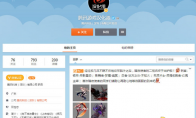
National Service DNF Dark Ni
2025-01-28 09:19:27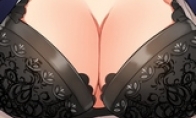
The new screenshot of the be
2025-01-28 09:18:57
The 15th anniversary wallpap
2025-01-28 09:18:27
3DM Xuanyuan Sinicization Gr
2025-01-28 09:17:57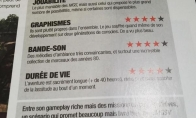
French magazine is the first
2025-01-28 09:17:27
The sneak game "Republic" wi
2025-01-28 09:16:57
The story between humans and
2025-01-28 09:16:27
Capture "Trinity 3: Artifact
2025-01-28 09:15:27
Wind direction change "Myste
2025-01-28 09:14:57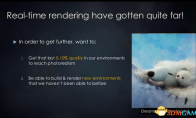
DICE's new project "Dream" w
2025-01-28 09:14:27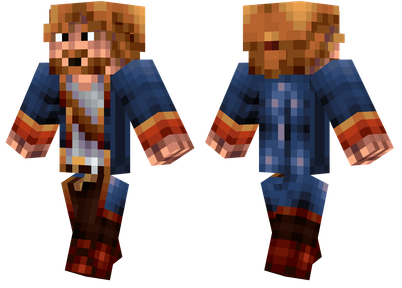
Pirate Minecraft Skins
Minecraft Skins
2024-12-10 04:11:27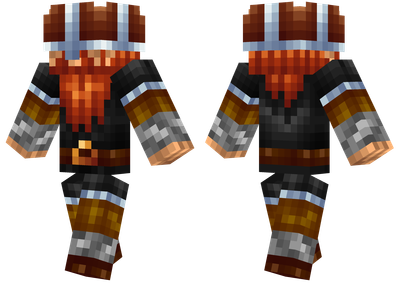
Pirate Minecraft Skins
Minecraft Skins
2024-12-10 04:11:26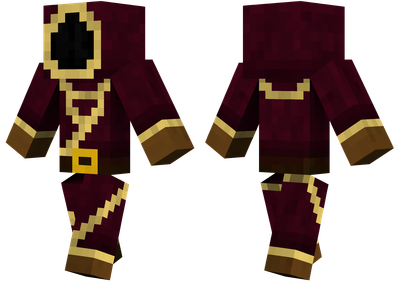
Master Minecraft Skins
Minecraft Skins
2024-12-10 04:11:25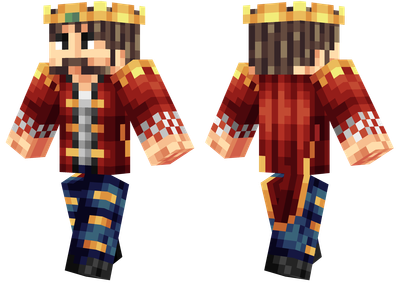
King Minecraft Skins
Minecraft Skins
2024-12-10 04:11:25
Guide Minecraft Skins
Minecraft Skins
2024-12-10 04:11:24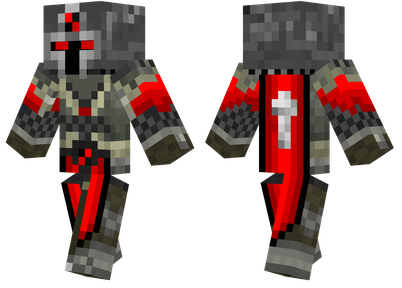
Dark Knight Minecraft Skins
Minecraft Skins
2024-12-10 04:11:23
Sparta Minecraft Skins
Minecraft Skins
2024-12-10 04:11:23
Moncraft Skins of the War
Minecraft Skins
2024-12-10 04:11:22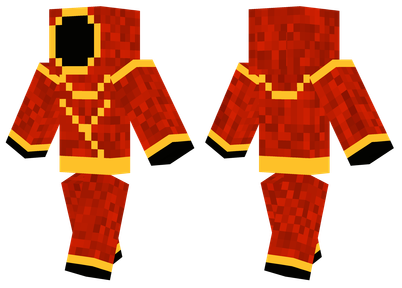
Red Witch Minecraft Skins
Minecraft Skins
2024-12-10 04:11:22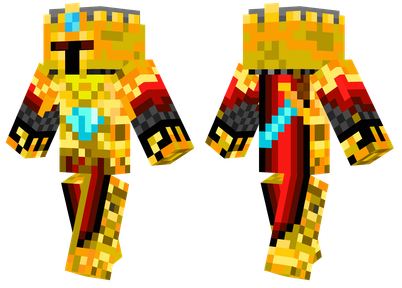
Golden Cavaliers Minecraft S
Minecraft Skins
2024-12-10 04:11:22